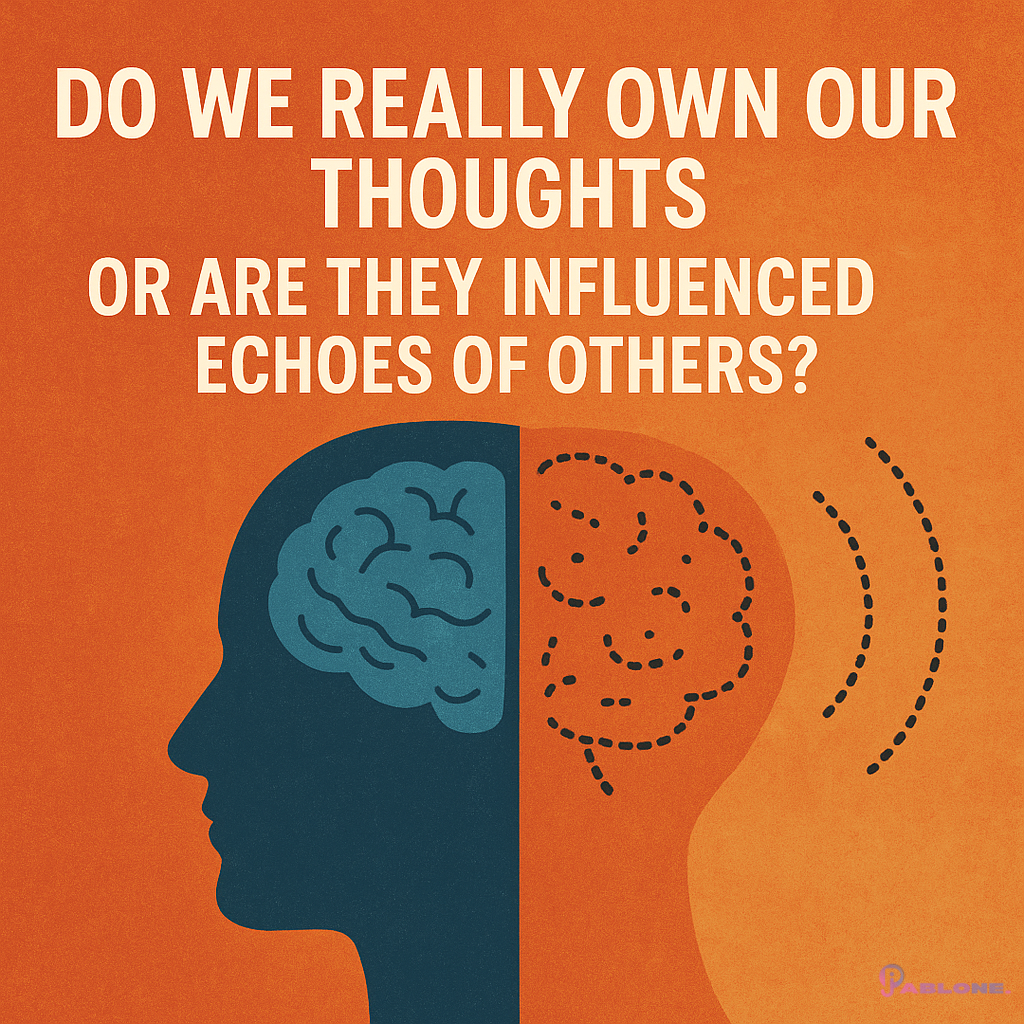Introduction
In an era dominated by digital screens and virtual interactions, the charm of physical games might seem antiquated to some. However, these games, which range from traditional board games and card games to outdoor activities, hold a timeless appeal. They offer more than mere entertainment; they provide opportunities for physical exercise, social interaction, cognitive development, and emotional well-being. This blog explores the multifaceted benefits of physical games, their evolution, and why they continue to be an essential part of human life.
The Historical Significance of Physical Games
Physical games have been an integral part of human culture for thousands of years. Archaeological findings reveal that ancient civilizations engaged in various forms of games. The Egyptians played Senet, a board game believed to date back to 3100 BCE, while the Greeks enjoyed games like knucklebones and the Romans played ball games similar to modern-day soccer.
These games were not only a source of amusement but also a means of socialization and skill development. In many cultures, games were used to teach strategy, foster teamwork, and even prepare young warriors for battle. The universality of physical games highlights their importance in human history, serving as a bridge across generations and cultures.
Cognitive Benefits of Physical Games
Enhancing Problem-Solving Skills
Physical games often require strategic thinking and problem-solving. Chess, for example, demands foresight, planning, and the ability to anticipate an opponent’s moves. Such games enhance cognitive functions by challenging the brain to develop solutions, improve memory, and increase attention span.
Boosting Creativity
Games that involve building or creating, such as LEGO or constructing card houses, stimulate creativity. Players must visualize structures, understand spatial relationships, and think innovatively to achieve their goals. These activities encourage divergent thinking, where multiple solutions are explored and developed.
Improving Memory and Concentration
Many physical games, like matching card games or Simon Says, enhance memory and concentration. Players must remember specific rules, sequences, or locations of objects, which trains the brain to retain and recall information more efficiently. This cognitive exercise is beneficial for individuals of all ages, helping to keep the mind sharp.
Social Benefits of Physical Games
Promoting Teamwork and Cooperation
Physical games often require players to work together towards a common goal. Sports like soccer, basketball, and volleyball necessitate teamwork and communication. These activities teach players the value of cooperation, how to support teammates, and the importance of collective effort.
Building Social Skills
Engaging in physical games provides opportunities to develop social skills such as negotiation, conflict resolution, and empathy. Children, in particular, learn how to take turns, follow rules, and understand the perspectives of others through play. These skills are crucial for building healthy relationships and navigating social environments.
Strengthening Family Bonds
Physical games offer a wonderful way for families to bond. Whether it’s a board game night or a weekend soccer match, these activities bring family members together, fostering a sense of unity and creating cherished memories. The shared experiences and challenges faced during games strengthen familial ties and promote a positive family dynamic.
Physical Benefits of Physical Games
Encouraging Physical Activity
Outdoor physical games like tag, hide and seek, and sports promote physical activity, which is essential for maintaining a healthy lifestyle. These activities help improve cardiovascular health, build muscle strength, enhance coordination, and boost overall fitness levels. In a time when sedentary lifestyles are common, physical games provide a fun and engaging way to stay active.
Enhancing Motor Skills
Games that involve fine and gross motor skills, such as hopscotch, jump rope, or even stacking blocks, help in the development of coordination and dexterity. For young children, these activities are crucial for the development of hand-eye coordination, balance, and physical agility. For adults, they can aid in maintaining motor skills and preventing age-related decline.
Emotional and Psychological Benefits of Physical Games
Reducing Stress and Anxiety
Physical play is a natural stress reliever. Engaging in games provides a break from daily routines and pressures, offering a sense of relaxation and joy. Activities that involve laughter and fun release endorphins, the body’s natural stress relievers, thereby reducing anxiety and promoting a sense of well-being.
Building Resilience
Games often come with wins and losses, teaching players how to cope with failure and celebrate success. This aspect of play helps build emotional resilience. Learning to handle setbacks, persevere, and bounce back from defeat are valuable life skills that physical games help develop.
Enhancing Self-Esteem
Successfully completing challenges in games boosts self-esteem and confidence. Whether it’s scoring a goal, solving a puzzle, or winning a game, these achievements provide a sense of accomplishment. This boost in self-esteem can extend beyond the gaming environment, positively impacting other areas of life.
The Evolution of Physical Games
From Traditional to Modern
The evolution of physical games reflects changes in society, technology, and culture. Traditional games like marbles, jacks, and hopscotch have given way to more structured sports and organized recreational activities. However, many of these traditional games are making a comeback as people recognize their simplicity and the joy they bring.
The Impact of Technology
Technology has significantly influenced the way physical games are played. Innovations such as augmented reality (AR) and virtual reality (VR) are blending physical activity with digital experiences. Games like Pokémon GO encourage players to explore their physical surroundings while interacting with a digital interface. These advancements demonstrate that technology and physical games can coexist, offering new and exciting ways to play.
The Role of Physical Games in Education
Physical games are increasingly being incorporated into educational settings. Educators recognize the value of play in learning, using games to teach subjects such as mathematics, science, and language arts. For instance, games like Scrabble improve vocabulary, while math-based board games enhance numerical skills. This approach makes learning enjoyable and engaging, promoting a positive attitude towards education.
Popular Physical Games Around the World
Traditional Games
Ludo (India): A classic board game that involves strategy and luck, Ludo has been enjoyed by generations in India and around the world.
Petanque (France): This outdoor game, similar to bocce, involves tossing metal balls as close as possible to a small wooden ball, called a cochonnet.
Sepak Takraw (Southeast Asia): A sport that combines elements of soccer and volleyball, played with a rattan ball, showcasing impressive agility and coordination.
Modern Games
Ultimate Frisbee: A team sport that combines elements of soccer, basketball, and American football, emphasizing teamwork and fair play.
Geocaching: A real-world treasure hunting game using GPS devices, where participants seek hidden containers called geocaches.
Escape Rooms: Physical adventure games where players solve puzzles and complete tasks to escape from a themed room within a set time limit.
The Future of Physical Games
Embracing Inclusivity
The future of physical games lies in inclusivity. Efforts are being made to design games that are accessible to people of all abilities. Adaptive sports and games are becoming more common, ensuring that everyone can enjoy the benefits of physical play.
Sustainable Play
As environmental awareness grows, there is a push towards sustainable play. This involves using eco-friendly materials for game equipment and promoting outdoor activities that encourage an appreciation for nature. Sustainable play not only benefits the environment but also fosters a connection between players and the natural world.
Integrating Technology
While preserving the essence of physical play, future games will likely integrate more technology. Augmented reality and virtual reality will continue to enhance the gaming experience, offering immersive and interactive ways to engage in physical activity. These advancements will provide innovative solutions to keep physical games relevant and exciting.
Conclusion
Physical games are more than just a pastime; they are a vital part of human development and social interaction. From enhancing cognitive functions to promoting physical health and emotional well-being, the benefits of physical games are extensive and well-documented. As society continues to evolve, so too will these games, adapting to new technologies and cultural shifts. By embracing both traditional and modern forms of physical play, we can ensure that the joy and benefits of these activities remain a vibrant part of our lives for generations to come. Whether played in backyards, parks, or digital landscapes, physical games will always have a place in our hearts and minds.








Leave a Reply